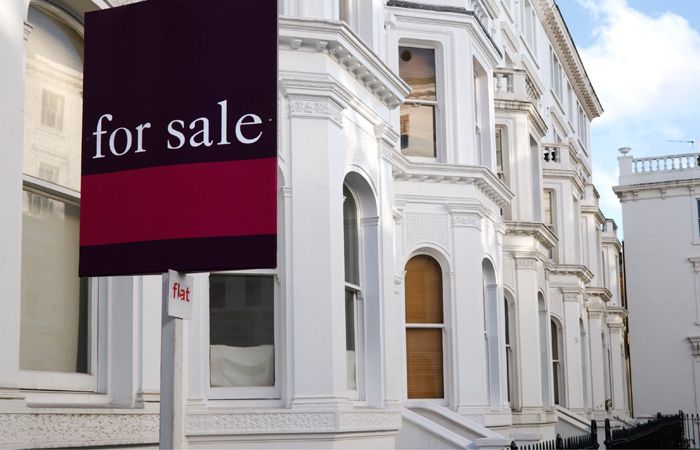
Nationwide predicts a “volatile” start to next year due to impending stamp duty changes, but adds that house prices in 2025 will rise by between 2% and 4%.
The mutual’s chief economist Robert Gardner says: “Upcoming changes to stamp duty are likely to generate volatility, as buyers bring forward their purchases to avoid the additional tax.
“This will lead to a jump in transactions in the first three months of 2025, especially in March, and a corresponding period of weakness in the following three to six months, as occurred in the wake of previous stamp duty changes.
“This will make it more difficult to discern the underlying strength of the market.”
In October’s Budget, Chancellor Rachel Reeves said the government would end the temporary increase in nil rate stamp duty thresholds, in England and Northern Ireland, at the end of March, and move back to their previous levels.
The upgrade was first announced in the Liz Truss mini-Budget in September 2022, and is virtually the only major measure that survives from that fiscal event.
This means that for first-time buyers the nil rate band threshold will fall to £300,000 from £425,000. For other residential buyers, the nil rate band threshold falls to £125,000, from £250,000.
Nationwide’s Gardner also adds that this year house prices had remained “surprisingly resilient” as borrowers struggled to afford properties.
He says: “Mortgage market activity and house prices proved surprisingly resilient in 2024 given the ongoing affordability challenges facing potential buyers.
“At the start of the year, house prices remained high relative to average earnings, which meant the deposit hurdle remained high for prospective first-time buyers, a challenge that had been made worse by record rates of rental growth in recent years, which has hampered the ability of many in the private rented sector to save.”
Gardner points out: “For many of those with sufficient savings for a deposit, meeting monthly payments was a stretch because borrowing costs remained well above those prevailing in the aftermath of the pandemic.
“For example, a typical mortgage rate for someone with a 25 per cent deposit hovered around 4.5% for much of the year, three times the 1.5% prevailing in late 2021 before the Bank of England started to raise Bank rate.”
The price of a typical UK home rose by 3.7% year on year in November, a strong rebound from the 2.4% recorded the previous month and marking the fastest rate of annual growth for two years, according to Nationwide’s latest house price survey.
NAEA Propertymark president Toby Leek says: “Members have reported an increasing interest in property with sales higher than usual, defying the usual winter lull usually seen this time of year.
“Buyers and sellers in England and Northern Ireland are looking to complete their home move before the stamp duty changes commence from April 2025, and it’s expected that coupled with slow increases in affordability and wages, this spike of momentum in mortgage approvals and housing market activity will continue.
“After this spike, buyers and sellers with time on their side may then reap the rewards of a slower paced market to ensure each step of their house move is fully considered.”